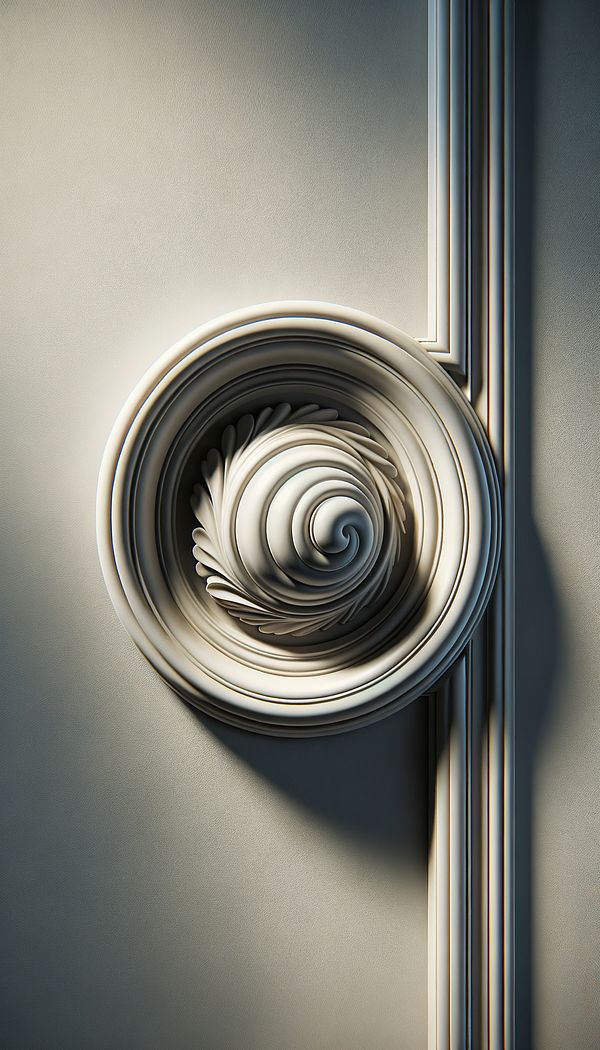What is an Ovolo?
An ovolo is a convex molding known for its quarter-round profile.
Description
An ovolo is a type of molding or architectural element characterized by its rounded, convex shape, often resembling a quarter circle in profile. This distinctive shape allows it to cast specific shadows and create subtle but effective visual interest in the spaces it adorns. Originating from classical architecture, its use has transcended eras, finding its place in both traditional and contemporary settings.
An ovolo can be made from various materials including wood, plaster, or stone, and is used in a variety of applications such as door and window frames, along the edges of panels, or as a design feature on furniture and cornices. Its rounded edge softens the transition between two surfaces, offering a gentler alternative to more angular profiles, such as the chamfer.
Its versatility makes it an important tool in the designer's arsenal, capable of blending seamlessly into a range of architectural styles from the Renaissance to modern minimalist interiors. By understanding how light interacts with the ovolo's curves, designers can exploit its form to enhance the texture, depth, and warmth of the spaces they create.
Usage
In a classical revival living room, an ovolo might be applied along the edge of the wooden mantlepiece to add a soft, rounded detail that complements the room's sophisticated aesthetic. In modern designs, smaller ovolo moldings might be used on kitchen cabinet doors to add a subtle architectural detail that plays well with light and shadows, elevating the overall look of the space.
FAQs
-
Can an ovolo be used in modern interior design?
Yes, an ovolo can be used in modern interior design. Its simple, rounded profile can add subtle architectural detail to contemporary spaces, helping to soften lines and add depth with its shadow-casting abilities.
-
What materials can an ovolo be made from?
An ovolo can be made from a variety of materials, including wood, plaster, and stone. The choice of material often depends on the specific application and the desired aesthetic effect.
-
Where is an ovolo typically used?
An ovolo is typically used in architectural elements such as door and window frames, along the edges of panels, on furniture, and as part of cornice designs. Its versatile nature allows it to be incorporated into various parts of a space.
Practical Application
To effectively use an ovolo in interior design, consider its positioning in relation to light sources to maximize the effect of its shadow casting for added depth and texture. In contemporary settings, keeping the size of the ovolo subtle can maintain a minimalist aesthetic while still incorporating classic architectural detail.
-
Architectural Elements199 articles
-
Design Styles478 articles
-
Furniture Types599 articles
-
Decorative Techniques322 articles
-
Materials & Textiles360 articles
-
Knock Down A WallKnocking down a wall involves the process of removing a wall to open up space or change the layout of an interior.
-
SpringsSprings are components used in furniture construction for providing support and comfort.
-
EmbossedEmbossed refers to a surface decorated with a raised or recessed design.
-
OrgandyOrgandy is a lightweight, sheer, crisp fabric made from cotton or polyester.
-
CorniceA cornice is an ornamental molding that runs along the top of a wall or a building.
